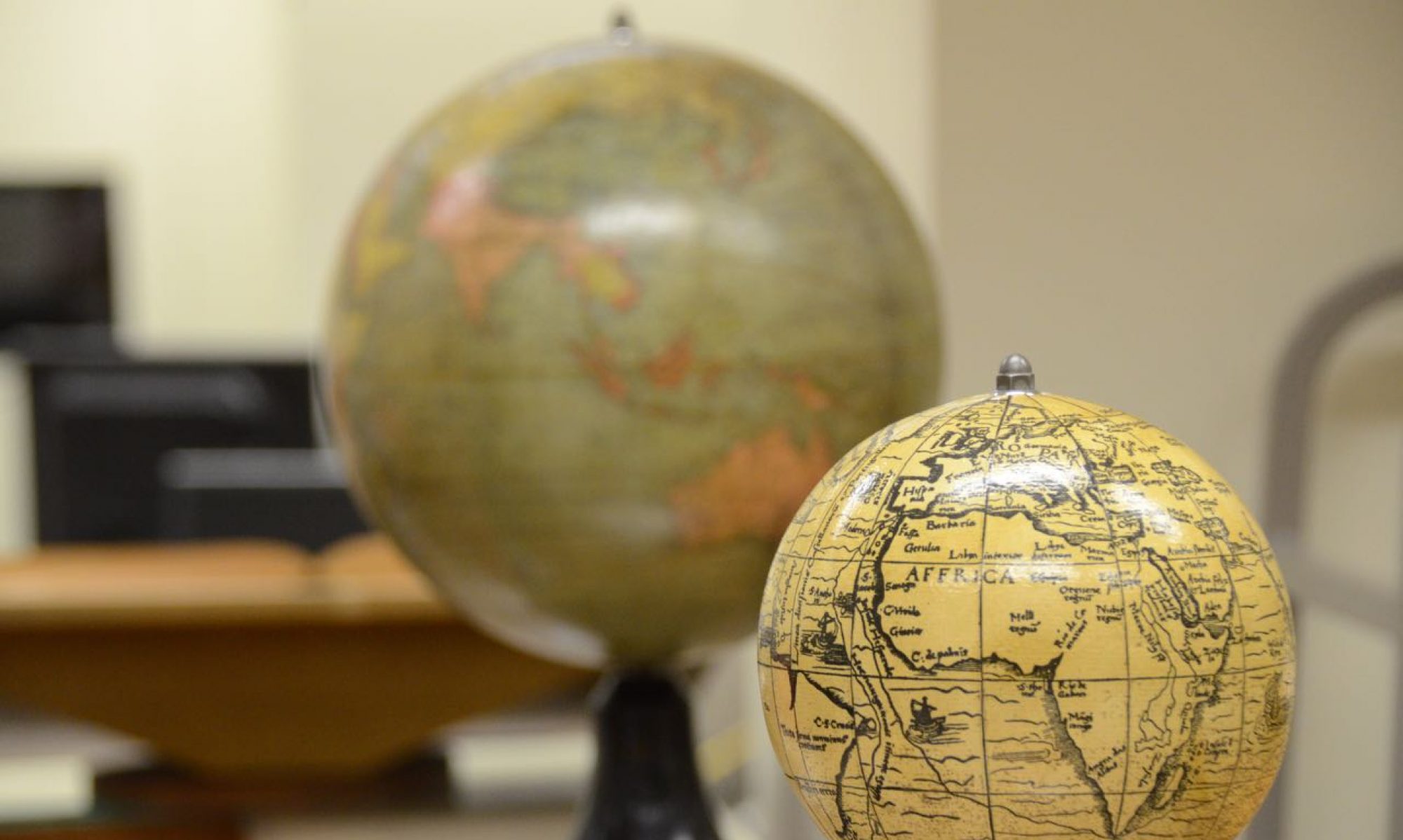If you are in the Herzlia, Israel area on Sunday night, 5 July, don’t miss this presentation at Beth Protea at 7:30pm:
Exploring our Roots: Back to the Shtetl
A virtual heritage tour and contemporary photographic journey to unlock the mysteries of Jewish life in Lithuania, Latvia and Poland.
Discover how to share your family stories and cultural yiddishkeit.
For more details, visit:
http://www.telfed.org.il/elirab_bethProtea_2015
From JewishGen
We are pleased to welcome the following webpages to JewishGen KehilaLinks
We thank the owners and webmasters of these webpages for creating fitting
memorials to these Kehilot (Jewish Communities) and for providing a
valuable resource for future generations of their descendants:
Druskininkai (Drosknik, Druskiniki), Lithuania
Created by Eli Rabinowitz
http://kehilalinks.jewishgen.org/druskininkai
~~~
GOOD NEWS! The following webpages were adopted:
Created by Joseph Rosin z”l (webmaster: Joel Alpert)
Adopted by Eli Rabinowitz
I have updated Birzh
Birzai (Birzh)
http://kehilalinks.jewishgen.org/birzai/Home.html
The others will follow:
Alytus (Olita)
http://kehilalinks.jewishgen.org/Alytus/alite.html
Kaisiadorys (Koshedar)
http://kehilalinks.jewishgen.org/Koshedar/Koshedar.html
Kapciamiestis (Kopcheve)
http://kehilalinks.jewishgen.org/Kopcheve/kopcheve.html
Klaipeda (Memel)
http://kehilalinks.jewishgen.org/memel/Home.html
Kybartai (Kibart)
http://kehilalinks.jewishgen.org/kibart/Kibart.html
Marijampole (Mariampol)
http://kehilalinks.jewishgen.org/mariampol/mariampol.html
Kudirkos Naumiestis (Naishtot)
http://kehilalinks.jewishgen.org/Naishtot/naishtot.html
Panevezys (Ponavesh)
http://kehilalinks.jewishgen.org/Panevezys/ponievez.html
Varena (Aran)
http://kehilalinks.jewishgen.org/aran/aran.html
This is the full list of the 25 sites adopted:






































































































































